Introduction to Guitar Ear Training
Here’s a bold claim for you: Every accomplished guitarist you admire can credit a significant part of their skill to ear training. As someone who has spent countless hours immersed in the nuances of music theory, I’ve witnessed the transformative power of ear training on musicianship development firsthand. It’s not merely an esoteric exercise; it’s a foundational skill that can dramatically elevate your playing from competent to extraordinary.
Imagine being able to pick up your guitar and intuitively play the music you love, just by ear. This isn’t an elusive talent reserved for a few; with the right guitar ear training exercises and dedication, it’s a step accessible to all aspiring musicians. As we delve into this guide, I’ll share insights and techniques that can unlock your potential, starting with the basics and gradually advancing to more challenging exercises. Let’s embark on this journey to enhance your musicianship together, tapping into skills you might not even realize you possess.
Who Can Benefit from Ear Training?

Are you wondering if ear training is only for musicians with formal education? The truth will surprise you! In my years of playing and teaching guitar, I’ve encountered countless musicians who doubted their ability to play by ear, only to realize that with consistent practice, they could hear chords and progressions developing effortlessly. Ear training isn’t just for those with a classical background; it’s a powerful tool for anyone looking to deepen their musicianship.
Ear training for beginners is an invaluable resource. It can be particularly beneficial for self-taught guitarists who might not have had exposure to structured musical training. By enhancing your ability to identify pitches, intervals, and chord progressions, you elevate your overall musical experience and understanding.
Even seasoned players who initially relied solely on sheets can experience transformative growth by developing this skill. It bridges the gap between playing notes and creating music that resonates, allowing you to tap into a more *intuitive* and *expressive* performance style. Whether you’re picking up the guitar for the first time or have years of strumming under your belt, ear training holds the key to unlocking your musical potential.
What is Ear Training?
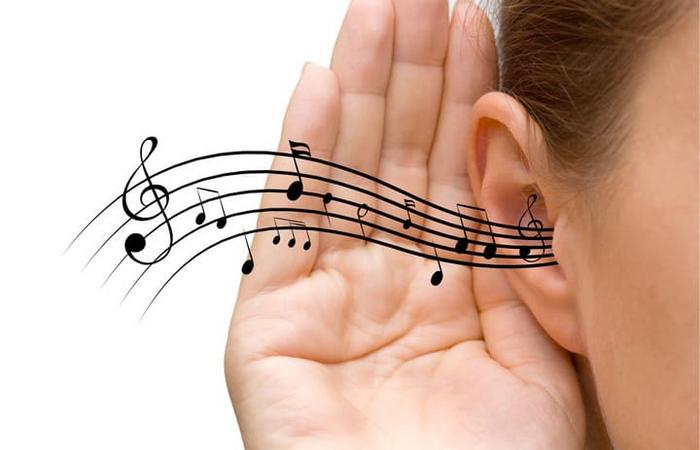
As the editor of Acoustic Guitar, I often emphasize that ear training isn’t just about recognizing notes; it’s about understanding the music at a deeper level. But what if I told you that ear training is the unsung hero of musicianship? Let’s dive into its true essence. Ear training, also known as musical ear training or audio training, is about honing one’s ability to identify pitches, intervals, melody, and rhythm by ear. This skill is crucial for developing a musician’s intuition and musicality. You might think of it as the foundation upon which a musician builds their interpretive and creative abilities.
Through my years of experience, I have seen how effective ear training transforms not only the technical execution but also the emotional connection a guitarist can create with their instrument. It’s the tool that bridges the technical prowess of playing the guitar with the artistry of creating something unique and evocative. By nurturing my ear, I discovered nuances in music that seemed invisible before. The moment you start recognizing these intricate details is when you begin to truly grasp the language of music. It’s the difference between merely playing notes and telling a compelling story through your guitar. This chapter, nestled within the broader exploration of enhancing guitar skills, will guide you in cultivating this invaluable skill.
When to Start Ear Training

In my experience, the best time to start ear training is the moment you pick up your guitar. From day one, incorporating listening skills can set you on a faster track to musical proficiency. By immersing yourself in ear training for beginners, you lay the groundwork for exceptional musicianship development. But you might wonder: Is it ever too early or too late to start training your ear? Discover the optimal time to embark on this journey. Starting early capitalizes on the brain’s adaptive capacity, enhancing your ability to recognize pitch, rhythm, and harmonic structure from the outset.
Yet, even if you’ve been playing for years without ear training, it’s never too late to embark on this transformative journey. I’ve seen seasoned guitarists reignite their passion and elevate their playing by weaving ear training into their practice routines. Ultimately, the key is to integrate these skills progressively, ensuring they become a natural extension of your musical expression, regardless of your starting point. As we dive deeper into this guide, you’ll find both theoretical insights and practical exercises to elevate your auditory capabilities, driving you towards a more enriched musical journey.
Where to Find Ear Training Resources

Finding effective ear training resources can feel like searching for a needle in a haystack. With countless resources available, how do you know which ones are genuinely effective for ear training? Let’s find out. Having sifted through a myriad of options, I’ve curated tools that not only educate but transform mundane practice into an enjoyable adventure. Some of the best resources I’ve encountered revolve around ear training apps, which can be effortlessly integrated into daily routines. These apps offer structured programs designed specifically for guitar ear training exercises, catering to different skill levels and musical preferences.
For those who prefer a more traditional approach, I recommend combining online tutorials with personalized coaching sessions. My personal journey has been enriched by using tailored practice strategies that utilize a blend of digital and human resources. This approach helped me to sharpen my listening abilities, offering a deeper connection with the music I play. By experimenting with various resources and honing in on what works best for me, I’ve turned ear training into a truly rewarding aspect of my guitar practice.
Why is Ear Training Important for Guitarists?
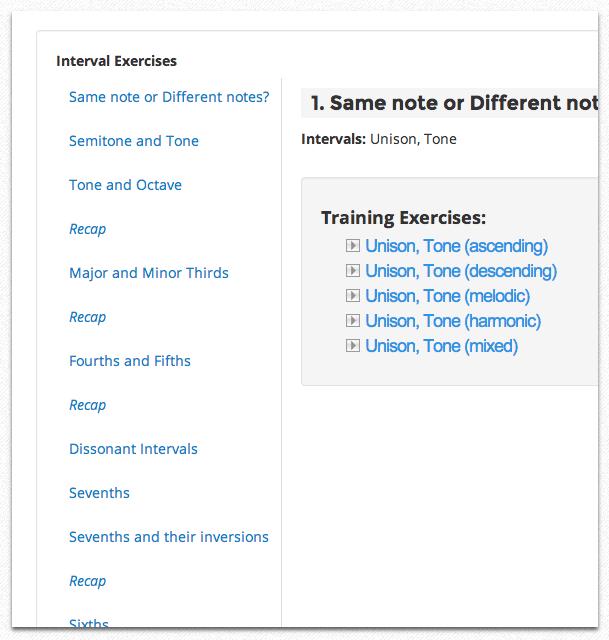
What’s the one skill that can elevate your guitar playing from mechanical to masterful? Spoiler: it’s ear training! Throughout my career, I’ve witnessed how a strong ear enhances improvisation skills, making moments on stage not just performances but true musical conversations. Often, guitarists focus solely on technical proficiency and forget the importance of internalizing sound.
Ear training bridges the gap between music theory and practical application, empowering you to effortlessly translate what you hear into what you play. This skill is not reserved for seasoned musicians—every guitarist, whether beginner or advanced, can benefit immensely. It allows you to identify intervals and chords, recognize patterns, and anticipate harmonic changes, greatly enriching your guitar improvisation capabilities.
As you engage in ear training, you start to notice the nuances of different genres, making it easier to adapt your style and collaborate with fellow musicians. Invest time in this often-overlooked aspect of musicianship, and watch as your ability to connect with music on a deeper level flourishes. By honing this essential skill, you unlock a world where your creativity and technical knowledge come together in an expressive synergy.
Effective Ear Training Techniques
Interval Recognition Exercises
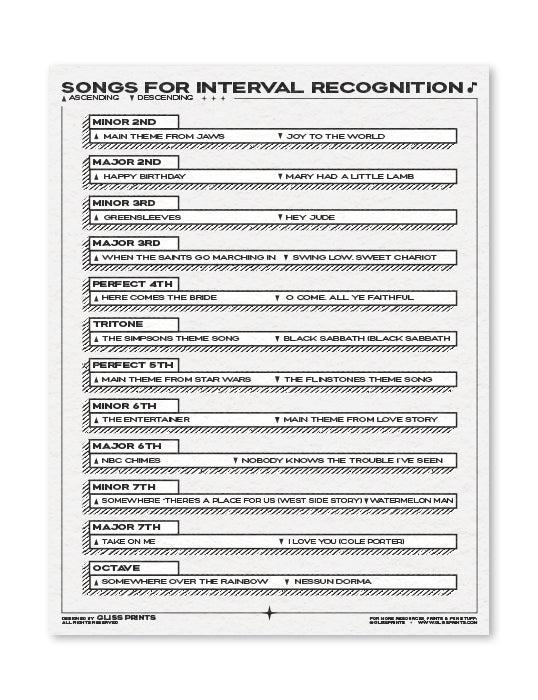
Having practiced interval recognition extensively, I’ve discovered that this skill often feels like magic, allowing you to easily connect melodies and harmonies. Can a simple exercise on intervals unlock new musical dimensions for you? Let’s explore! Interval recognition exercises form a cornerstone of effective ear training techniques. By honing the ability to identify the distance between two notes, we open ourselves to a deeper understanding of music.
These exercises aren’t just an abstract endeavor; they’re practical tools for guitarists. Interval recognition enhances our capacity for melodic dictation, enabling us to reproduce melodies upon hearing them. Imagine the thrill of effortlessly transcribing a piece of music or improvising with confidence as you intuitively grasp the next note. Integrating these exercises into your routine can significantly elevate your musicianship, bridging the gap between what you hear and what you play.
Transitioning into transcribing music, the foundation laid by interval recognition becomes invaluable. It transforms the complex process of transcription into a more accessible and rewarding pursuit, further enriching your guitar journey.
Transcribing Music
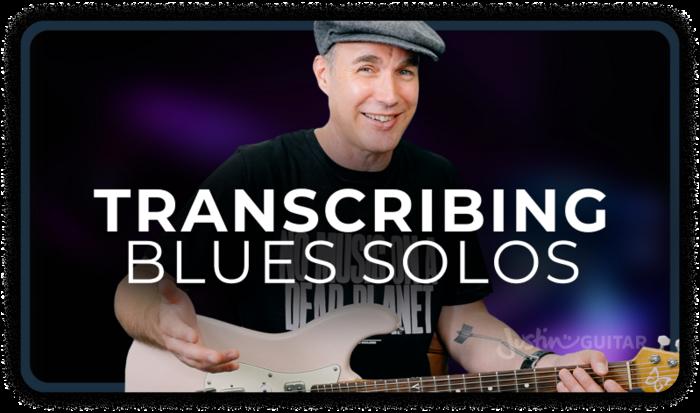
What secrets of your favorite songs can you uncover through transcribing? Find out how to start! As a dedicated transcriber, I understand the patience it requires, but the reward is truly worth it. Transcribing music is more than just putting notes on paper; it is a fundamental musical ear training technique that greatly enhances your guitar skills. By meticulously listening to and replicating songs, you gain an intimate understanding of melody, harmony, and rhythm. This deep dive into the intricacies of music allows for a profound comprehension of musical structure and style.
Effective ear training techniques are paramount, and transcribing serves as a bridge between theory and practice. Through transcribing, you engage actively with each note, honing your ability to discern sounds and improving your ear across various musical contexts. This hands-on approach reinforces the skills you’ve developed through interval recognition and other exercises, providing a solid foundation for mastery in guitar playing.
Recommended Ear Training Exercises
Chord Progression Exercises
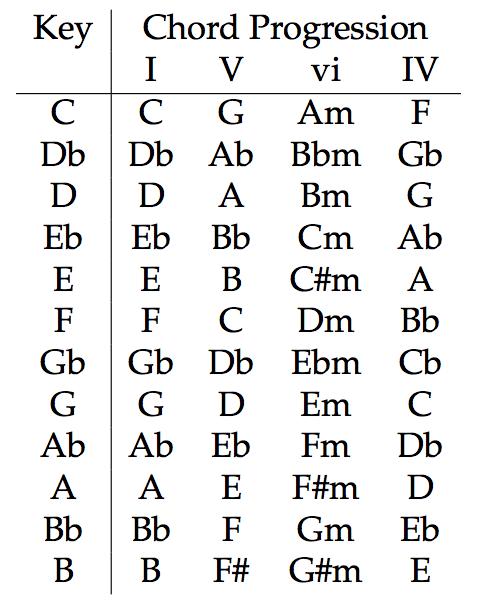
What if mastering chord progressions could be the key to your musical growth? Let’s explore recommended exercises! Chord progression exercises play a pivotal role in ear training, bridging the gap between technical skill and musical intuition. These exercises refine your pitch recognition abilities, allowing you to discern intricate patterns in music. Over the years, I’ve crafted and refined chord progression exercises that have consistently helped students recognize musical patterns more effectively. By engaging with these exercises, you not only enhance your ability to identify different chords but also develop a deeper understanding of how these sequences evoke emotion and drive songs.
Progressing through these exercises offers a clear pathway from novice to adept, enabling you to grasp the essence of sound relationships in music. This ability to recognize and anticipate chord changes enriches both your playing and your musical comprehension, making these exercises an indispensable component of any guitar ear training regimen. As you continue to delve into other recommended exercises, such as melodic dictation, you’ll find that your ear training skills become more cohesive, empowering your overall musicianship.
Melodic Dictation and Recognition
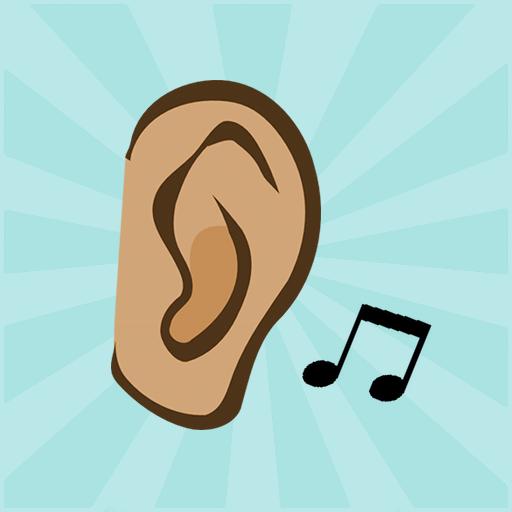
Can you unlock your musical voice through melody recognition? Here’s how to make it happen! As I delved into melodic dictation and recognition, it wasn’t just my ears that sharpened but my overall musicianship. This practice, a cornerstone of musical ear training, involves listening, memorizing, and notating melodies. It’s a crucial skill, especially for guitarists aiming to enhance their improvisational and compositional capabilities.
Incorporating melodic dictation into practice has transformed my understanding of how melodies are constructed, a skill vital for any serious guitarist. By focusing on these exercises, I learned to anticipate melodic movements and recognize patterns, which improved my ability to transcribe and play music by ear. This heightened auditory perception allows one to identify subtle nuances in a melody, leading to a more expressive musical interpretation.
By practicing consistently, leveraging online tools, and analyzing different music styles, you can significantly boost your ear training capability. As you progress, you’ll find yourself naturally predicting and understanding melodies, which is incredibly empowering. This practice creates a more intuitive connection between hearing and playing, a key aspect emphasized throughout this guide on elevating your guitar skills.
FAQs
What is ear training for guitar players?
Why is ear training important for enhancing guitar skills?
How can a beginner start with ear training?
What are some advanced ear training techniques for guitarists?
How long does it take to improve ear training skills?
Conclusion
What lies ahead in your musical journey now that you’ve mastered the basics? The conclusion is just the beginning! Reflecting on the journey of ear training and musicianship development, I encourage each musician to embrace ongoing learning to sustain their passion. By consistently practicing guitar ear training exercises, you’re not just improving your ability to recognize intervals, chords, and melodies; you’re laying a strong foundation for creative expression and musical fluency.
Recognizing the importance of ear training, you’re now equipped with the skills to transcribe music, understand complex chord progressions, and engage in melodic dictation, all of which enhance your overall musicianship. As you venture further, explore various resources, from online platforms to personalized lessons, and keep challenging yourself with diverse ear training techniques. Remember, the key to profound musical growth lies in regular practice and the desire to innovate. Stay engaged, stay curious, and let your enhanced skills guide you to new musical heights.

